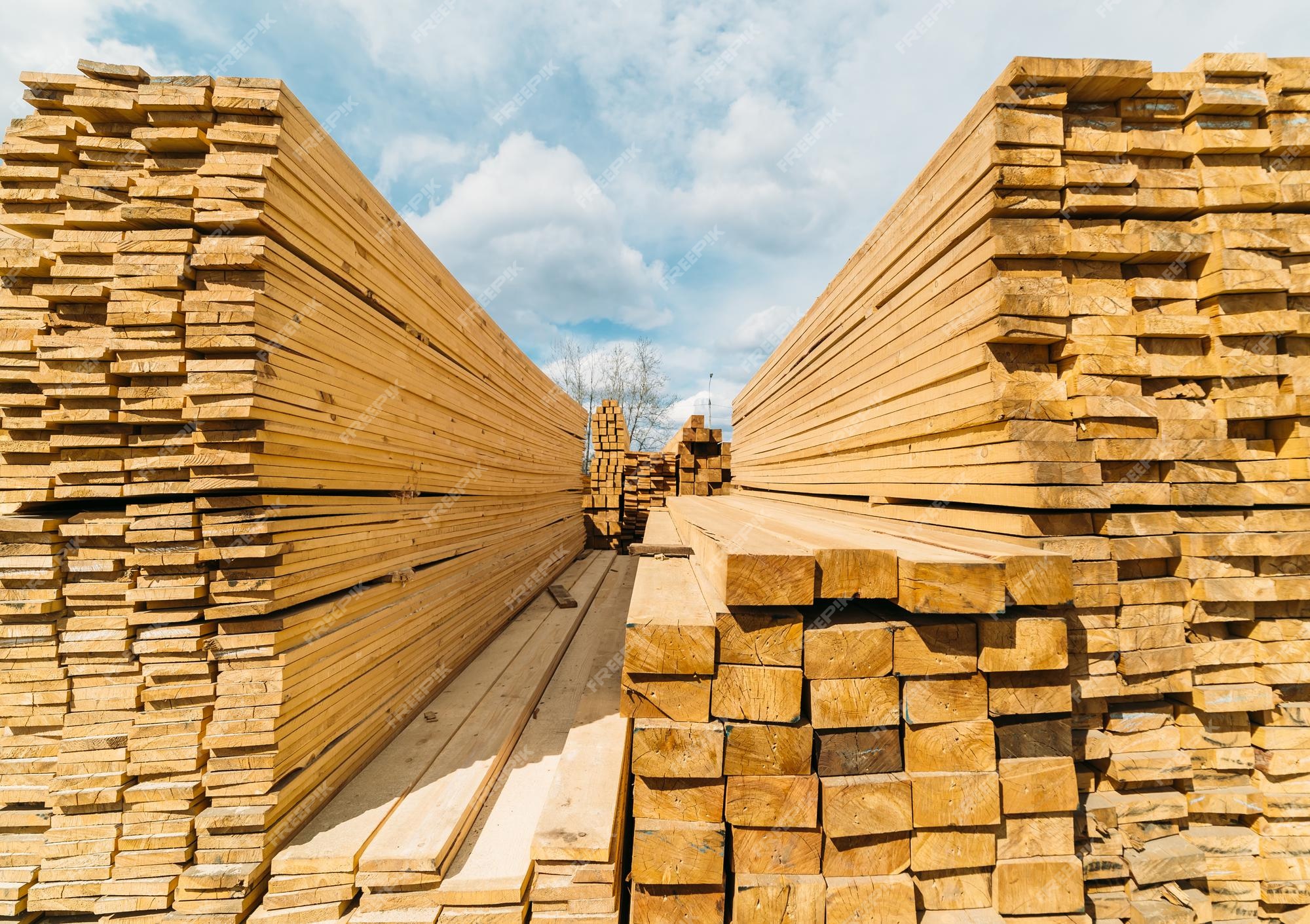One of the importance of construction industry Malaysia lies in the various types of materials used in construction projects. Ideally, the materials must be tough enough to keep structures standing for a very long time, or even better, eternally until it is brought down willingly or unwillingly.
Every material sports its own strengths and flaws, no matter how similar some properties may be in comparison. These materials will be common in any construction project, without which would pose a risk of structural collapse regardless of other materials like glass or whatnot.
Wood

Wood is the oldest material to be used in the history of human constructions, and it is still commonly used today thanks to its natural availability, strength, durability and flexibility. Wood works well with other materials including marble, steel and aluminium.
Wood is mainly divided into types including hardwood and softwood. Hardwood is sourced from trees including oak, teak, maple, cherry and walnut. For softwood, the sources are either spruce, pine, cedar, fir or hemlock.
Lightweight, wood boasts a high tensile strength and can be used as a soundproofing and insulation material, both thermal and acoustic.
Besides commercial and residential buildings, wood is also used to build floors, walls, ceilings, interiors like doors, and structural frames. Unfortunately, it is not very suitable for foundations or basement walls, and wood framed homes usually have reinforced concrete or pier beamed foundations instead.
Concrete
Concrete is another important material to utilize in most projects, and whenever you think of construction, concrete mixers would come to mind as the icons of this field. Composed of fine and coarse aggregate, such as gravel, crushed stone or recycled concrete, that are mixed with a binder such as cement and water, this mixture hardens over time when applied and left to set after building bricks or so.
Concrete takes seven days to cure and an average of 28 days to attain its maximum strength. In construction, reinforced concrete is commonly used and steel is embedded in to further strengthen the structural tensile. Lightweight and waterproof concrete are also examples of types that are commonly used depending on the projects.
Its mixture alone determines its strength. If you want to save costs and still manage to use concrete of the best quality, you would order a ready mixed concrete (RMC) from an RMC agent or so. They specialize in using quality materials and mixture techniques to ensure that your RMC is usable.
Concrete can be molded or poured into any shape and hardened like stone.
This material is mostly used to build foundations, residential or commercial buildings, bridges and sewers.
Steel
Steel is a metal alloy of iron and carbon, and often consist of other alloys too for reinforced strength and resistance to fractures. Besides its lightweight properties, using steel is easy work and shipping it is cheaper compared to other materials.
Steel does not deform easily, and can retain its structural properties even when bent. It takes a shorter amount of time to install than concrete in any place so long as it is installed properly. Otherwise, it will be susceptible to corrosion.
Steel can also break down in high temperature levels, and its fire resistance relies on its own type. Steel is mostly used to build structural sections, roofing products, utilities and internal fixtures.
